
Below are the first three strips from V.T. Hamlin’s classic cartoon, “Alley Oop”, scanned from the reprint collection from Dragon Lady Press “Alley Oop” #1 (1987). The blog will return to regular postings later in the week.
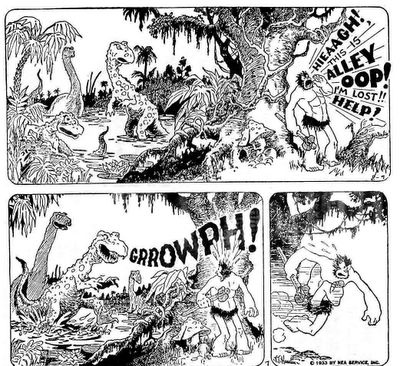

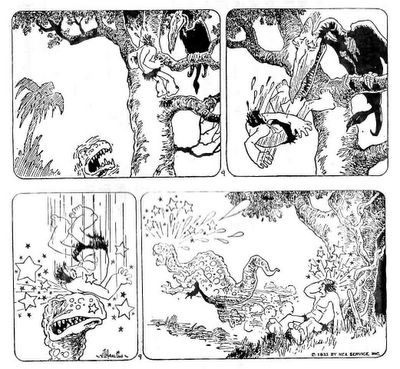




 conceivable subject within that field, although it was the osteology and taxonomy of the therapsids and other proto-mammals which was nearest his heart.
conceivable subject within that field, although it was the osteology and taxonomy of the therapsids and other proto-mammals which was nearest his heart.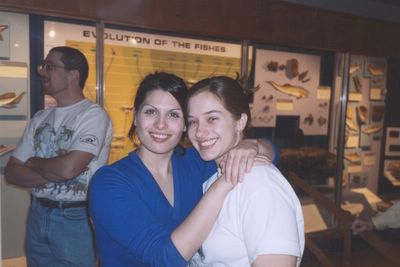
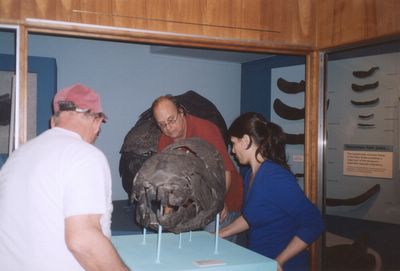



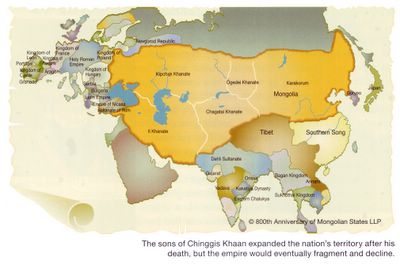
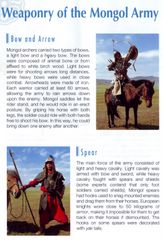


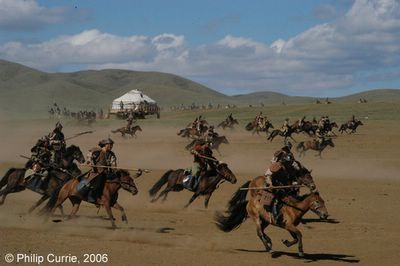


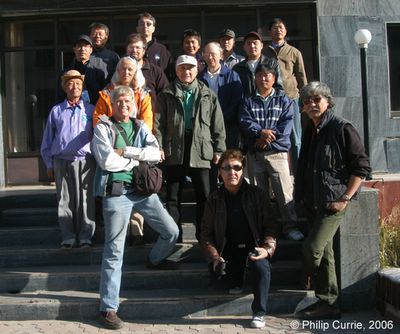


“December 22, 1938, Captain Goosen and the Nerine put into East London harbour with the usual catch of sharks, rays, starfish and rat-tail fish. But there was one unusual fish amongst the catch that had been caught in about 70 meters, near the mouth of the Chalumna River. Once ashore Captain Goosen left word at the Museum that there were several specimens at the ship for Miss Latimer. At first she said that she was too busy because she was hard at work cleaning and articulating the fossil reptile bones collected from Tarkastad. But as it was so near Christmas time she decided to go and wish the crew a “Happy Christmas” and took a taxi to the docks. There, attracted by a blue fin amid the pile of sharks, she found a magnificent fish. She and her assistant put it in a bag and persuaded a reluctant taxi driver to take it to the museum in the boot of the car. It measured 150 cm and weighed 57.5 kg. From its hard bony scales with sharp, prickly spines and paired fins looking rather like legs, she knew that it must be some kind of primitive fish.
But her greatest problem was to preserve it until it could be identified. It was extremely hot, the fish, was too big to go into a bath and she could not find any organization willing to store it in a freezer. Although she was told by experts that it was only a type of rock cod and that she was making a fuss about nothing, she persisted in her attempts to save the fish for science. At first it was wrapped in cloths soaked in formalin but eventually, on the 26th, Mr. Center, a taxidermist, skinned it. Unfortunately the internal organs were thrown away. Marjorie went home disappointed and worried that she had not saved all the soft parts. What she had done, however, was to write immediately to her friend, JLB Smith, and send him her famous sketch of the strange fish.”Learn more about Latimeria chalumnae at the Australian Museum fish web page.
Miss Courtenay-Latimer's sketch of the first coelacanth which she posted to JLB Smith.
An international team of researchers drilled down five km below Pacific Ocean sea level to uncover secrets of the Earth’s ancient climate.From the press release:

Fossils of a giant sauropod found in Teruel, Spain may have been the most massive terrestrial animal in Europe.From the press release:
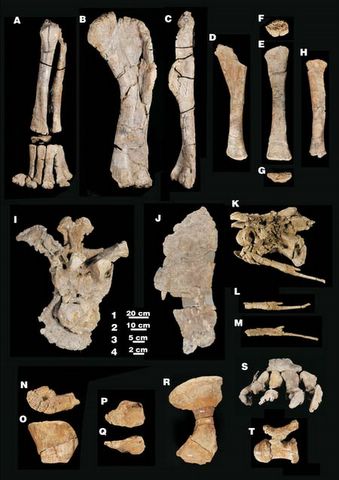
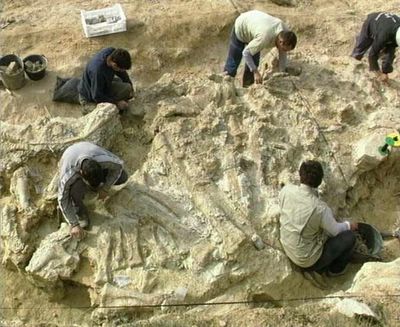
The oldest-known animal eggs and embryos, whose first pictures made the cover of Nature in 1998, were so small they looked like bugs – which, it now appears, they may have been.From the press release:
Sauropods did not have a 'gastric mill.' How they processed their food without molars remains unclear.From the press release:
 But this assumption does not seem to be correct, as scientists have now shown that some dinosaurs did not have gastric mills such as some living birds have.
But this assumption does not seem to be correct, as scientists have now shown that some dinosaurs did not have gastric mills such as some living birds have."We ate and ate and ate. I ate the fattiest sausage I could find. I ate nothing but fat."From Billingsgate.com:


Brown and Harvard scientists have learned that a single ligament at the shoulder joint stabilizes the wings of birds during flight.From the press release:





"In this DVD, David conveys a strong understanding of dinosaur anatomy mixed with the sheer joy of giving life, personality and motion to these inspiring creatures. He covers a wide range of topics from skeletal structures and muscles, to range of motion and the essential gestures of various body types. David focuses on capturing these elements in the form of quick sketches of both herbivorous and carnivorous dinosaurs."Krentz was Lead Character Designer on Disney’s ‘Dinosaur’, and has worked on numerous other films.
Two dozen leading bioinformatics and phylogenetics software developers are meeting at the National Evolutionary Synthesis Center in a unique hands-on exercise that will produce new open-source software for phylogenetic analysis.From the press release:
 NESCent whose research combines morphological, physiological and ecological data with phylogenetic methods. "Glue software is needed to make these tools speak the same language".
NESCent whose research combines morphological, physiological and ecological data with phylogenetic methods. "Glue software is needed to make these tools speak the same language".
Small but remarkable fossils found in New Zealand show for the first time that the so-called "land of birds" was once home to mammals as well.From the press release:
 The tiny fossilised jaw (left) and hip (below) bones that belonged to a unique, mouse-sized land animal unlike any other mammal known were unearthed from the rich St Bathans fossil bed, in the Otago region of South Island, NW.
The tiny fossilised jaw (left) and hip (below) bones that belonged to a unique, mouse-sized land animal unlike any other mammal known were unearthed from the rich St Bathans fossil bed, in the Otago region of South Island, NW. had lived there, at least 16 million years ago, has put paid to the theory that New Zealand's rich bird fauna had evolved there because they had no competition from land mammals.
had lived there, at least 16 million years ago, has put paid to the theory that New Zealand's rich bird fauna had evolved there because they had no competition from land mammals.The 70 million year old fossil remains of a 1.5m long juvenile elasmosaur represent one of the most-complete skeletons ever recovered from Antarctica.From the press release:
 the body. Extreme weather at the excavation site on Vega Island off the Antarctic Peninsula and lack of field time prevented further exploration for the eroded skull.
the body. Extreme weather at the excavation site on Vega Island off the Antarctic Peninsula and lack of field time prevented further exploration for the eroded skull.





